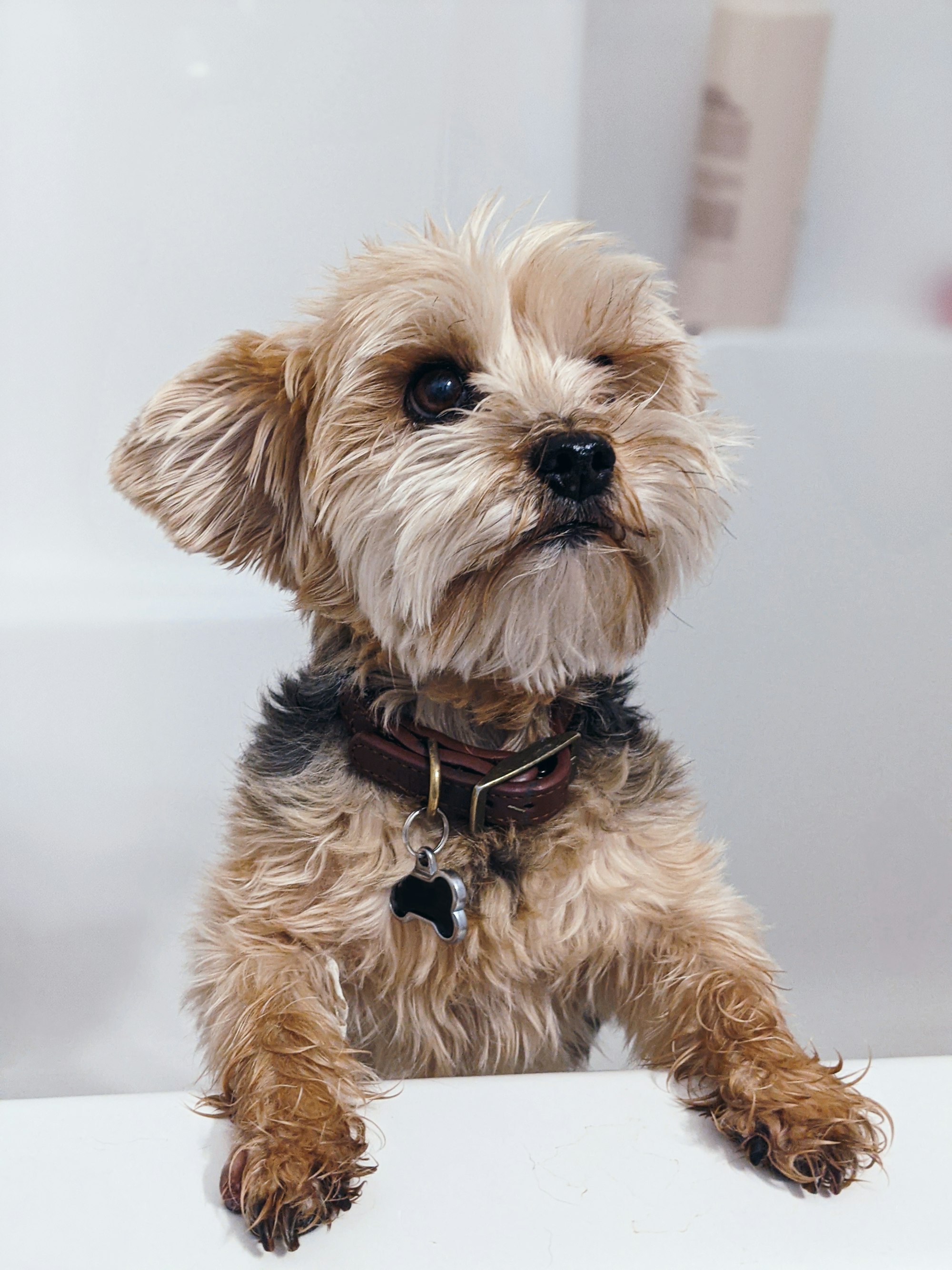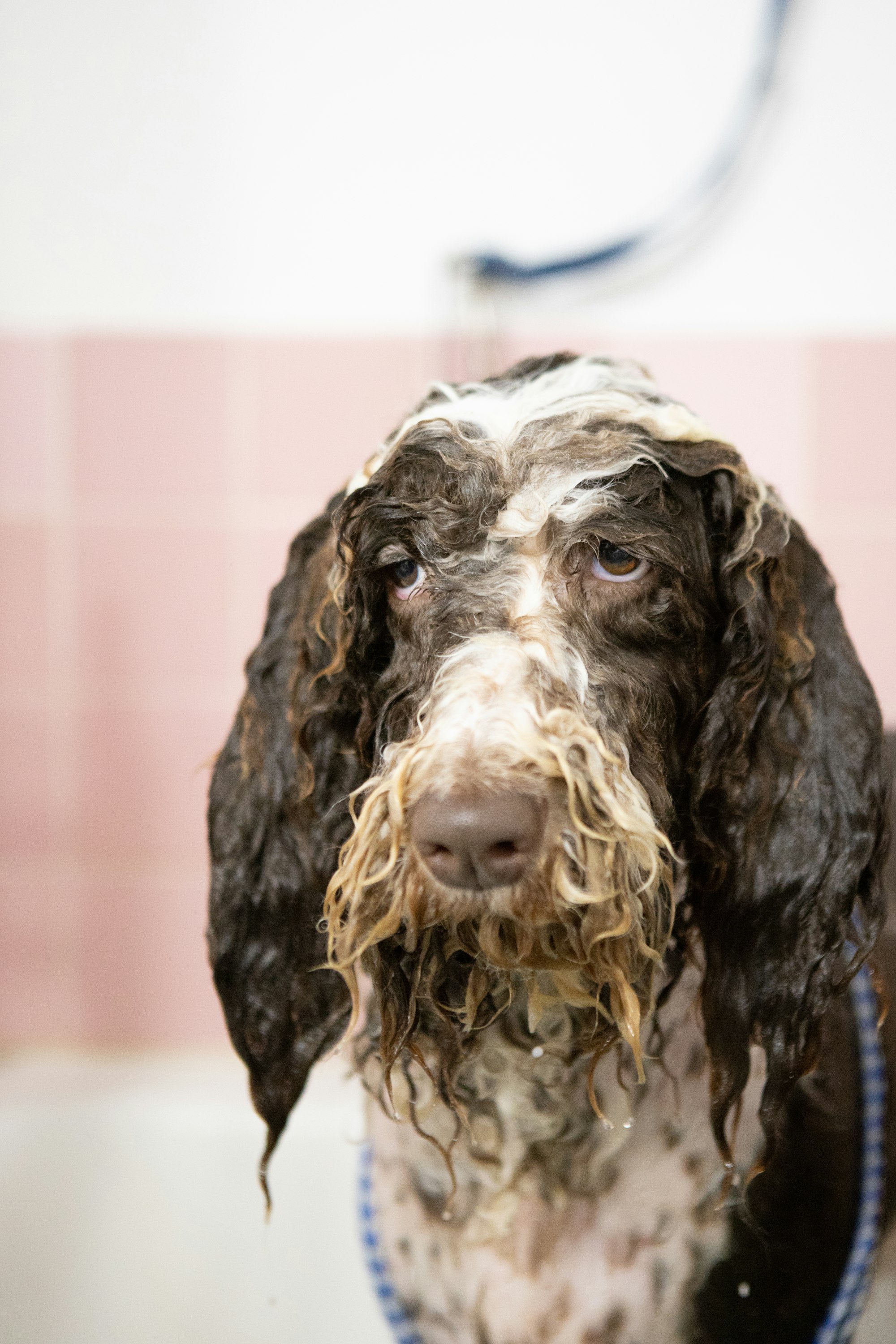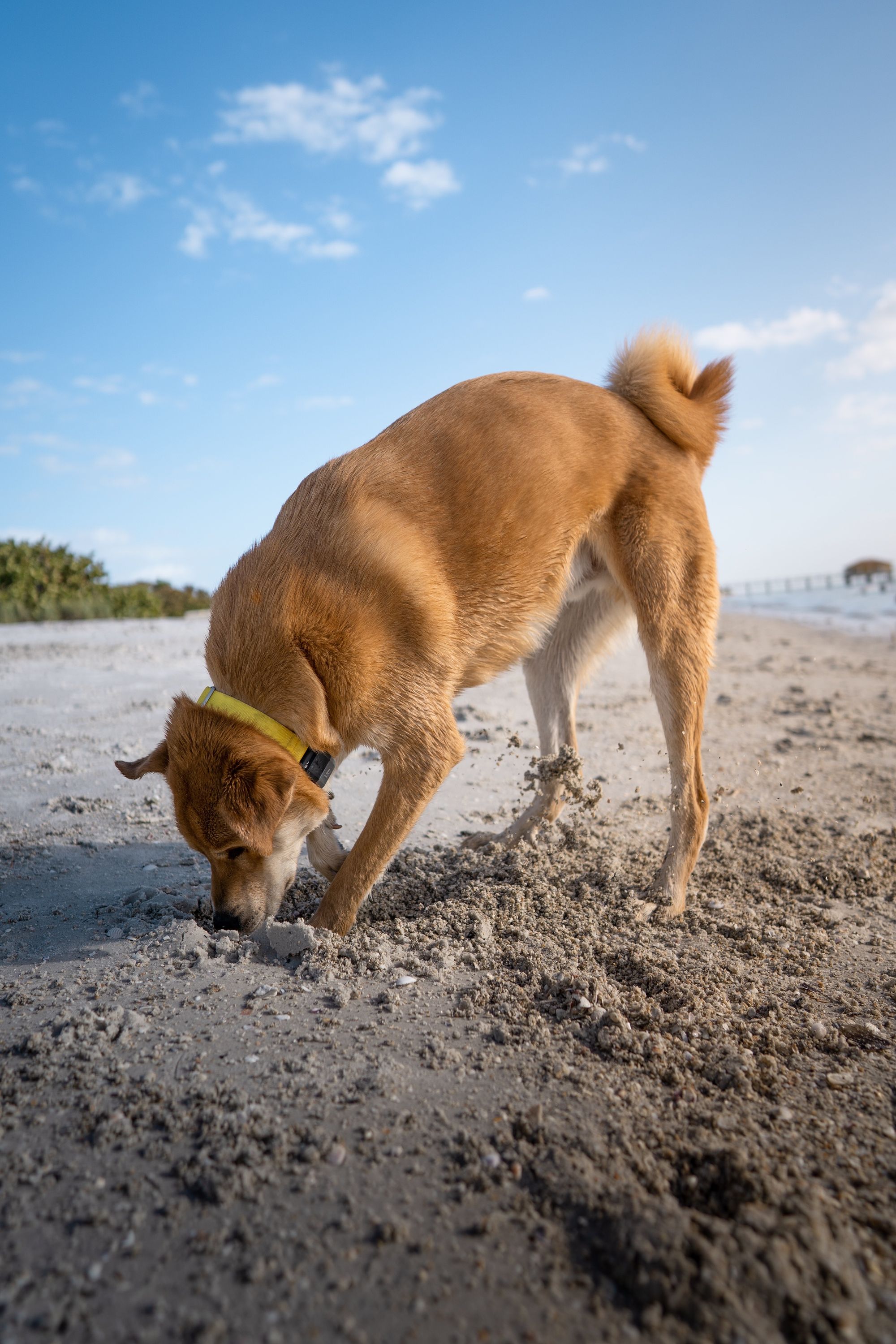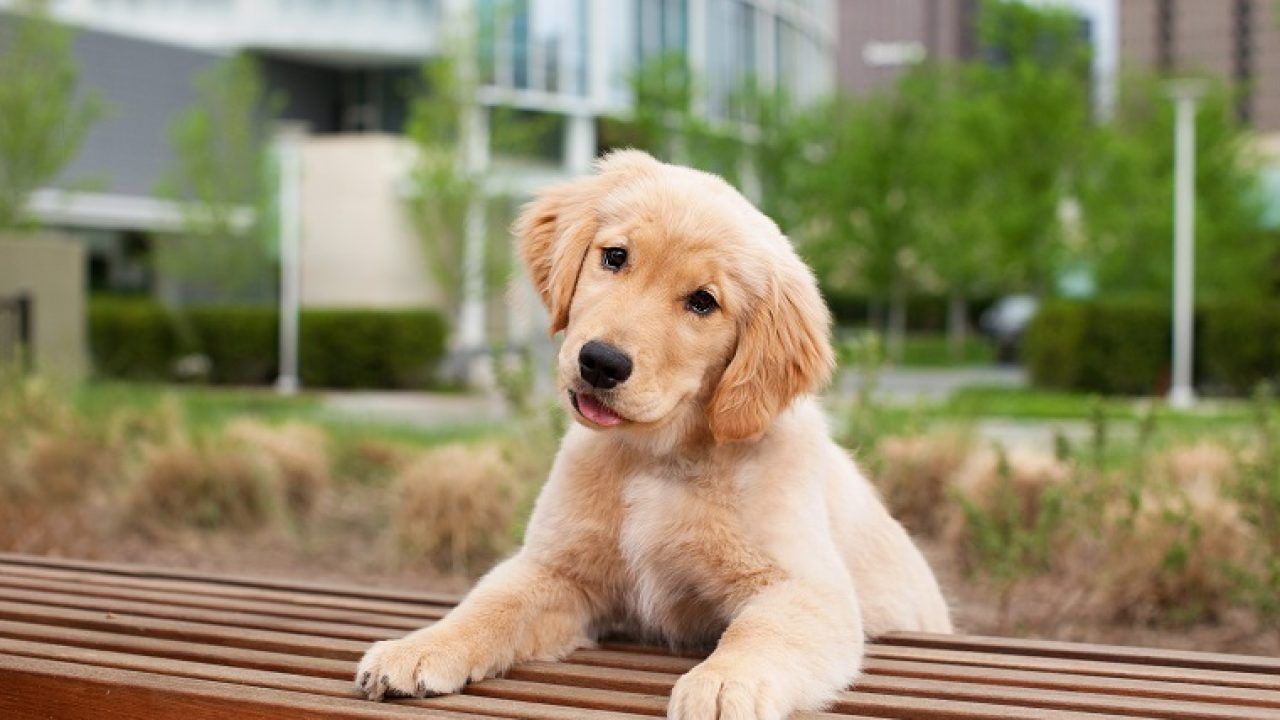Dogs + baths: a combination that can leave many shuddering! But why do pups detest cleaning sessions? This article explores the reasons and provides tips for making bath-time stress-free.
Why do dogs hate baths? They have super sensitive noses and soaps + shampoos can be overwhelming. Being confined in a tub can also be scary, triggering their fight-or-flight response. Even the sound of running water can startle them, linking baths with fear.
Take Max, for example. He was terrified of baths! Every attempt felt like a battle of wills. He'd squirm + whimper as if he was being tortured. It was a stressful experience for both him and his owner.
To make baths easier, approach with empathy + patience. Positive reinforcement techniques like treats or toys can create positive associations. Start with short sessions using lukewarm water and build up. Create a calm atmosphere - playing soft music or using white noise machines can help. Reassure your pup with gentle touches + soothing voices.

Why do some dogs hate baths?
Many dogs hate baths, leaving their owners confused. The reasons for this can include bad experiences with water, being scared of confinement, not liking the bathing process, or being sensitive to smells and sensations.
To make bath time easier for your pooch, it's important to make it a positive experience. Start by letting them get used to small amounts of water. Give them treats and praise too.
The temperature of the water is another point to consider. Dogs are delicate, so lukewarm water will keep them from feeling uncomfortable. Also, use a gentle shampoo that won't irritate their skin.
A good tip for bath time is to give distractions. Give them toys or play games during the bath to get their attention off any fear. This will take away their stress and make bath time a fun activity for both you and your pup.
Every dog is different and may react differently to baths. Patience and understanding are key to making baths pleasant for dogs who don't like them. With effort and positive reinforcement, you can turn bath time into a stress-free activity that brings you and your pup closer.
It's interesting to note that some dogs dislike water. A study in the Journal of Veterinary Behavior says certain breeds may have more resistance towards water activities.
Some of these breeds include:
- Afghan Hound: Known for their elegant appearance, Afghan Hounds might not be too keen on water due to their luxurious coats.
- Basenji: This breed is known for its aversion to water, possibly due to its origins in hot climates where water was scarce.
- Bulldog Varieties (English Bulldog, French Bulldog): Bulldogs tend to have heavy, muscular bodies and shorter snouts, which can make swimming challenging for them.
- Chow Chow: With a dense double coat, Chow Chows might not be the biggest fans of water-related activities.
- Dachshund: Their long bodies and short legs can make swimming more difficult, and some individual Dachshunds might not enjoy water as much.
- Greyhound: Despite being agile runners, Greyhounds often have thin coats that don't provide much insulation in water, making them less inclined to enjoy aquatic activities.
- Pug: Similar to Bulldogs, Pugs' short muzzles and stout bodies can make swimming more challenging.
- Shih Tzu: With long, flowing coats, Shih Tzus might not be particularly fond of getting wet.
- Whippet: Like Greyhounds, Whippets have thin coats that don't offer much buoyancy or warmth in water.
- Yorkshire Terrier: Yorkies might not have the physical build for swimming and might feel uncomfortable in water due to their fine coats.
It's important to remember that while these breeds might be less inclined to enjoy water activities, individual dogs within these breeds can have their own unique preferences and experiences. Additionally, early positive exposure to water and proper training can sometimes help even water-resistant breeds become more comfortable around water.

Tips for stress-free bath time
For a stress-free bath time for your furry friend, try these tips:
- Introduce positive associations. Use treats or toys.
- Make sure the water is warm and comfortable.
- Choose a gentle shampoo for dogs.
- Gradually introduce them to the bath.
Be aware that every dog is different. Patience and consistency can help.
Additional strategies for anxious dogs
Anxious pups require extra strategies during bath time to make it more enjoyable! Here are some tips:
- Utilize calming techniques, like playing calming music or using essential oils, e.g. lavender or chamomile.
- Encourage your pup with treats or praise throughout the process.
- Start small - let your dog explore the bathroom first.
- Don't rush - let them get comfortable on their own.
- Distract them with toys to take their mind off the bath.
- Seek professional help if needed.
Safety is also key! Use non-slip mats and secure any hazards.
Pro Tip: If water is a trigger, try using damp cloths or pet-friendly wipes instead!

Conclusion
Dogs may despise baths for various reasons. But, there're ways to make bath time less stressful. Understanding their preferences and creating a positive experience is key!
Start by introducing them to water gradually. Start with small amounts and increase the quantity over time. Warm water can help soothe their muscles and promote relaxation.
Positive reinforcement techniques are great during and after bath time. Offer treats, praise, or even play after the bath. This'll create a positive association with the experience.
Choosing the right bathing products is essential. Use gentle shampoos specifically formulated for dogs. Avoid getting water and soap in their ears and eyes.
Regular grooming sessions between baths can also help maintain hygiene. Brush their fur regularly to remove dirt and tangles. This reduces the need for frequent baths.
Frequently Asked Questions
FAQ 1:
Why do some dogs hate baths?
Some dogs may hate baths due to negative past experiences, fear of water, or discomfort from certain grooming products. Dogs may also dislike the confined space of the bathtub or the sensation of being wet.
FAQ 2:
How can I make bath time less stressful for my dog?
To make bath time less stressful, introduce your dog to water gradually, use positive reinforcement techniques, and ensure the water temperature is comfortable. Use mild, dog-specific shampoos and avoid getting water in your dog's ears or eyes.
FAQ 3:
What should I do if my dog refuses to get in the bathtub?
If your dog refuses to get in the bathtub, try using treats or toys as incentives. Make the process enjoyable by incorporating playtime or offering rewards. If necessary, consult a professional dog trainer for additional guidance.
FAQ 4:
Are there any alternatives to giving my dog a traditional bath?
Yes, there are alternatives to traditional baths for dogs who strongly dislike them. Dry shampoos, wipes, or waterless sprays can be used to keep your dog clean between baths. Regular brushing and grooming can also help maintain your dog's hygiene.
FAQ 5:
Can I bathe my dog too often?
While it's important to keep your dog clean, bathing too frequently can strip their coat of natural oils and lead to skin dryness or irritation. It's recommended to bathe your dog every 4-6 weeks unless instructed otherwise by your veterinarian.
FAQ 6:
Is there a specific way to dry my dog after a bath?
After a bath, gently towel-dry your dog and remove any excess water. Use a pet-safe hairdryer on a low heat setting if needed, but be cautious not to scare or burn your dog. Ensure your dog is completely dry before letting them go outside.

